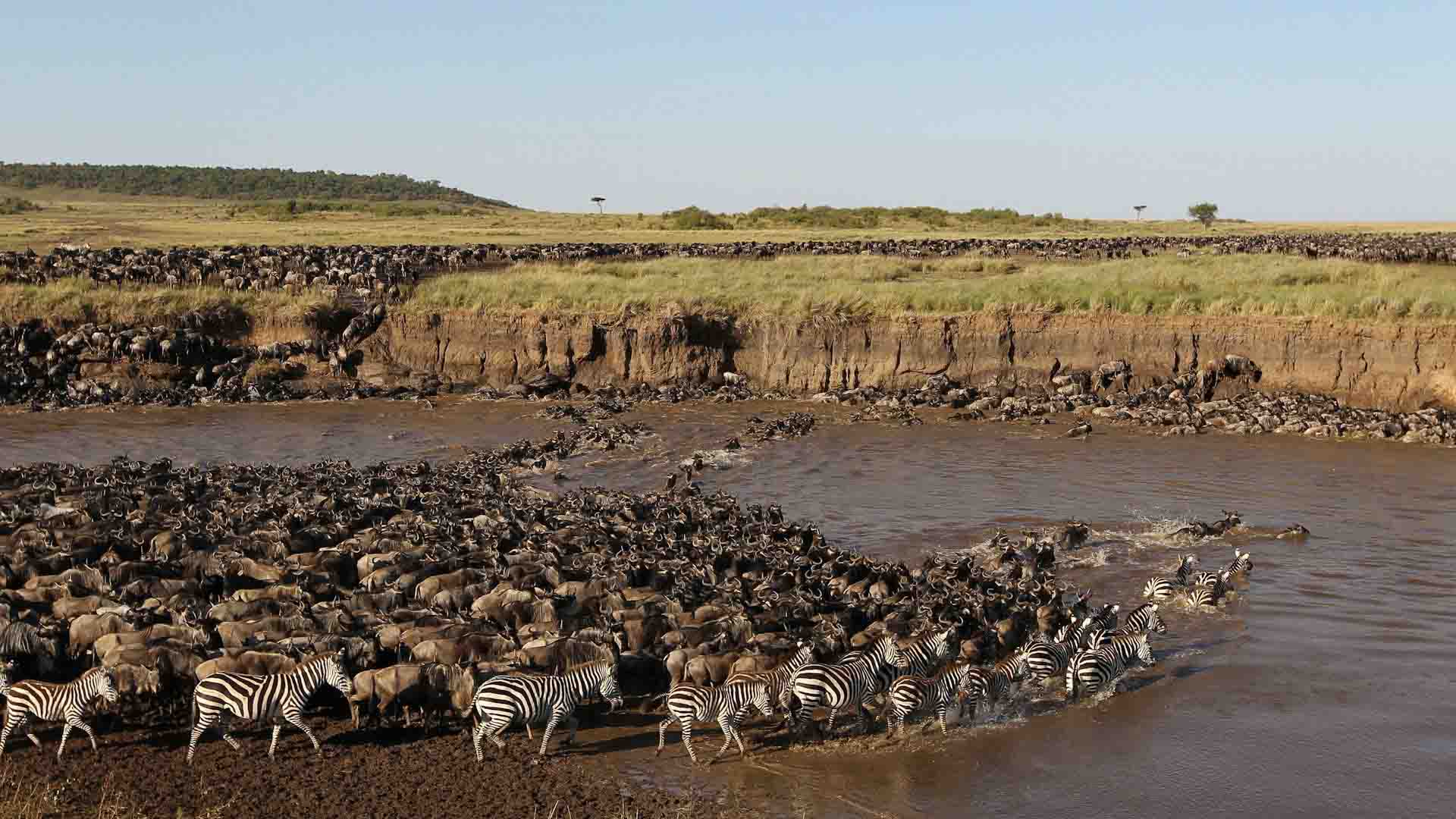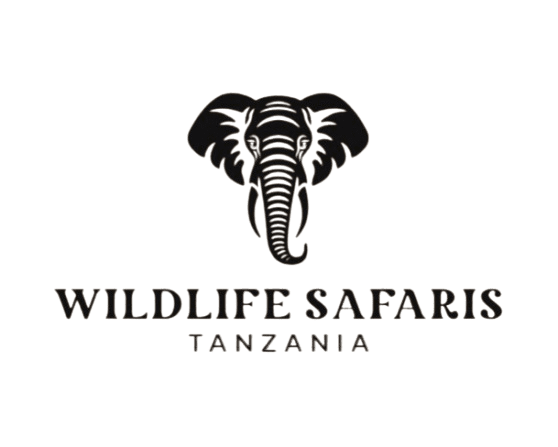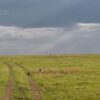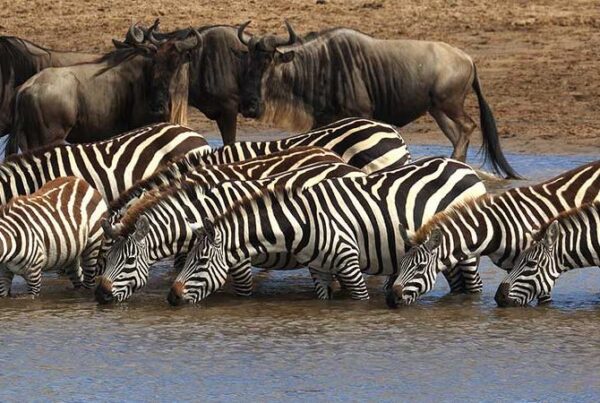Top Things to Know About Serengeti National Park Before You Go
Understanding the Spirit of the Serengeti
The Serengeti is more than an iconic safari name; it is a living, breathing wilderness where ancient migration routes still guide millions of animals, where golden grasslands stretch farther than the eye can see, and where every sunrise feels like a cinematic moment crafted just for you. Before you set off for Tanzania’s most celebrated national park, it helps to understand that the Serengeti is a place defined by rhythm and movement — from the thunder of wildebeest hooves during the Great Migration to the quiet patience of lions basking under acacia shade. Preparing for your visit means embracing the scale, diversity, and raw authenticity that make the Serengeti one of Africa’s greatest ecosystems.
Best Time to Visit and Seasonal Magic
Travelers often imagine the Serengeti at its dramatic peak — the Great Migration rumbling across plains or herds gathering before a river crossing. While these moments are extraordinary, every season reveals something precious. From June to October, cool dry weather and short golden grass make wildlife sightings almost effortless, with predators especially active around dawn and dusk. November to April transforms the southern plains into rich grazing grounds, where the calving season welcomes thousands of wildebeest newborns and attracts cheetahs, hyenas, and lions in rare intensity. Even the green season — marked by brief showers — paints the landscape in luminous shades, creating breathtaking photographic opportunities you will not forget.
The Great Migration and Its Changing Locations
It is important to know that the Great Migration is not a single event but a circular movement spanning the entire year. January to March finds the herds in the Ndutu region for calving; April to May pushes them through the central Serengeti; June to July brings them northward for one of Africa’s most dramatic experiences — the Grumeti River crossings; and August to October sends them toward the Mara River, where the tension, danger, and spectacle define the Serengeti at its most thrilling. Understanding where the herds will be during your travel dates helps you plan your safari routes and accommodation more effectively.
Types of Safaris and What to Expect
The Serengeti offers every kind of safari experience, from classic game drives across the Seronera Valley to hot-air balloon safaris floating over sunrise-lit plains. Mobile tented camps near migration corridors deliver the rawest wilderness immersion, while luxury lodges provide world-class comfort without diminishing the untamed feel of the landscape. Early mornings and late afternoons are when wildlife activity peaks, so expect long, beautifully rewarding days in the field. The terrain is expansive, and sightings can shift at any moment, which is why Serengeti safaris often feel like a continuous unfolding story told in real time.
Where to Stay Inside the Serengeti
Choosing where to sleep influences how deeply you experience the park’s different ecosystems. The central region around Seronera is rich, busy, and excellent for year-round sightings, especially big cats. The northern region near the Mara River is breathtaking during migration months, while the western corridor is known for its riverine forests and the Grumeti River crossings. The southern areas are best during calving season, providing dramatic predator action and wide-open plains that stretch toward Ndutu. Staying inside the park always heightens the adventure — waking to distant lion roars or watching wildlife wander near your camp is a Serengeti memory you will carry for life.
Park Fees, Permits, and Conservation
The Serengeti is carefully protected, and these conservation efforts are reflected in park fees, which contribute directly to wildlife protection, anti-poaching initiatives, and community development. Entrance fees are paid per 24 hours, and additional costs may apply depending on your location, such as concession fees for private reserves or camping costs for tented stays. These contributions ensure that the Serengeti remains one of the world’s last great unspoiled ecosystems, allowing travelers to witness nature at its most untouched.
Packing Essentials for a Serengeti Safari
While the Serengeti is warm by day, early mornings and evenings can feel unexpectedly cool, especially during the dry months. Neutral-colored clothing, breathable fabrics, and layers are ideal for game drives. Sun protection is crucial: a wide-brim hat, strong sunscreen, and sunglasses will become daily companions. Dust can rise with the herds, so cameras, lenses, and electronics benefit from protective coverings. A good pair of binoculars transforms your safari experience, allowing you to appreciate subtle details like a leopard draped across a distant tree branch or vultures circling above a hidden kill.
Wildlife, Safety, and Respect for Nature
The Serengeti is a wild ecosystem, and respecting its rhythms is essential for your safety and the animals’ well-being. Guides will explain how to behave during close encounters, how to remain quiet and calm around predators, and why you should never feed wildlife or leave vehicles in undesignated areas. The rule of nature here is balance — and every visitor plays a part in preserving the integrity of this remarkable landscape.
Photography, Drones, and Park Regulations
Photography is one of the Serengeti’s greatest joys, but it is important to know the rules before you go. Drones are strictly prohibited, ensuring wildlife is not disturbed and other travelers’ experiences remain peaceful. Most lodges provide charging stations for cameras and phones, though power may cycle at certain times. Capturing the Serengeti’s magic requires patience, an eye for detail, and a willingness to wait for moments — a lion yawning in golden light, zebras drinking at a waterhole, or the endless plains glowing under the afternoon sun.
Why the Serengeti Leaves You Forever Changed
Perhaps the most important thing to know about the Serengeti is that it does not simply impress — it transforms. It slows you down, heightens your senses, and brings you closer to the Earth in a way few places on the planet can. Every traveler leaves with a collection of stories: a sunrise that felt mythical, a cheetah sprint witnessed in silence, or a moment when the vastness of the plains made you feel both small and deeply connected to something timeless.









